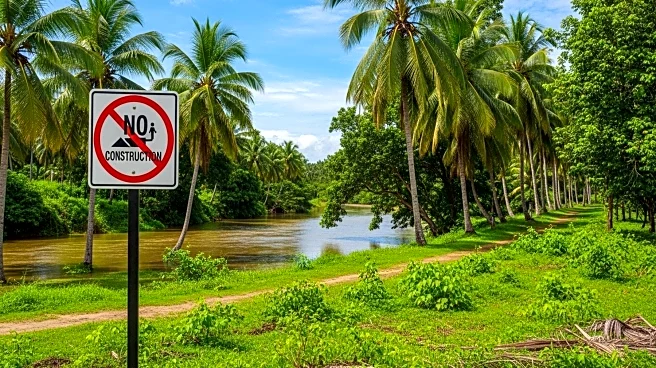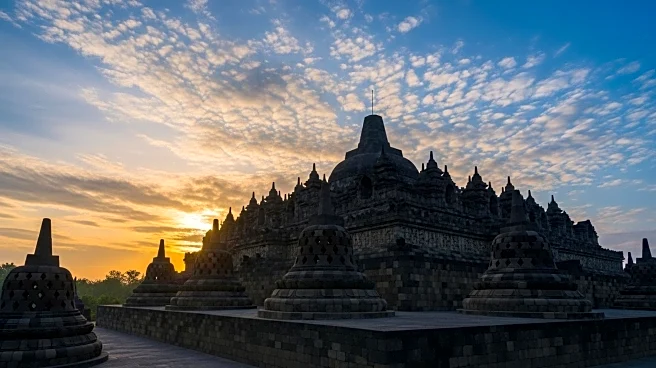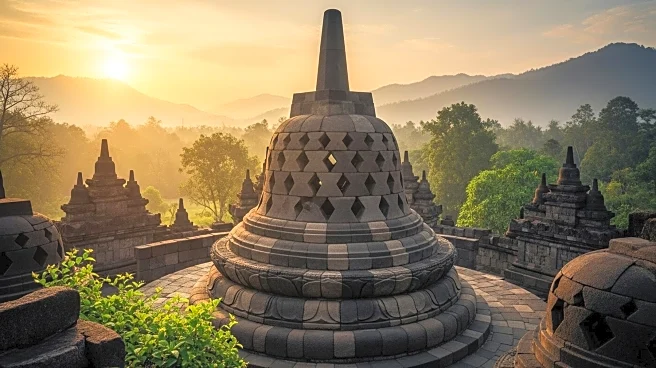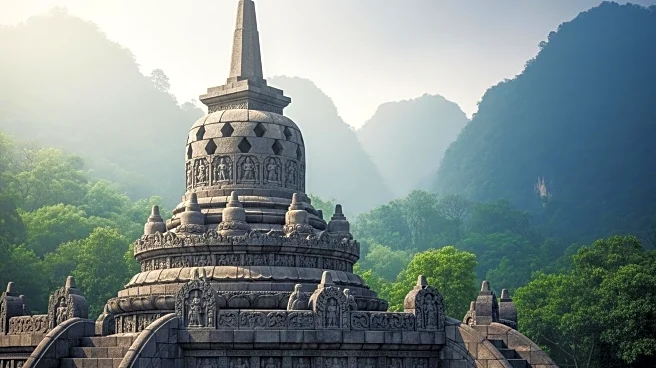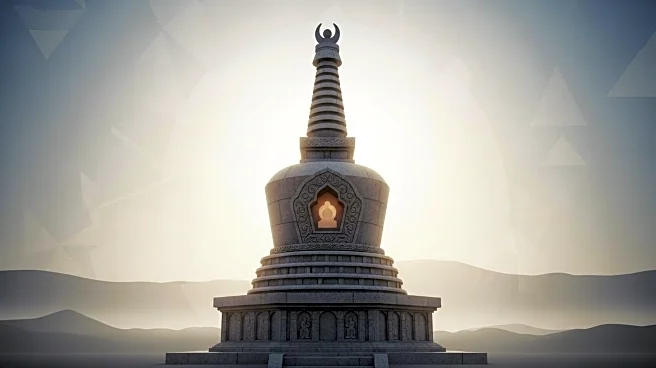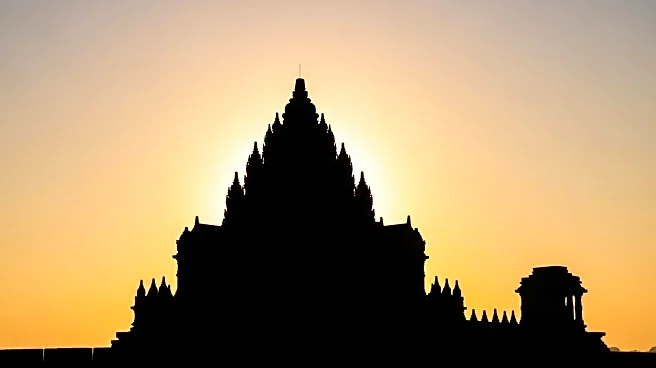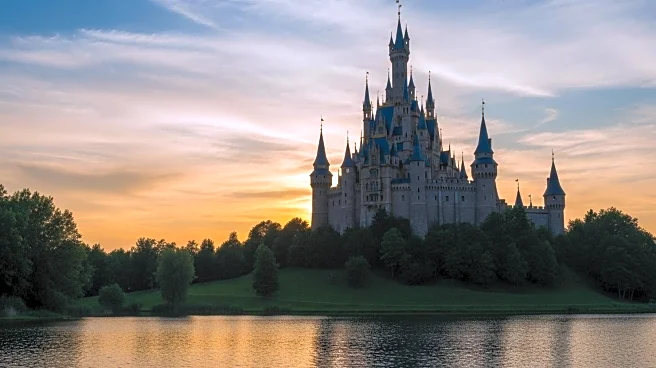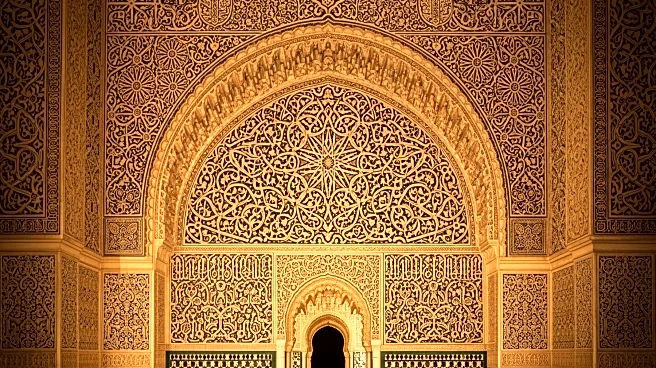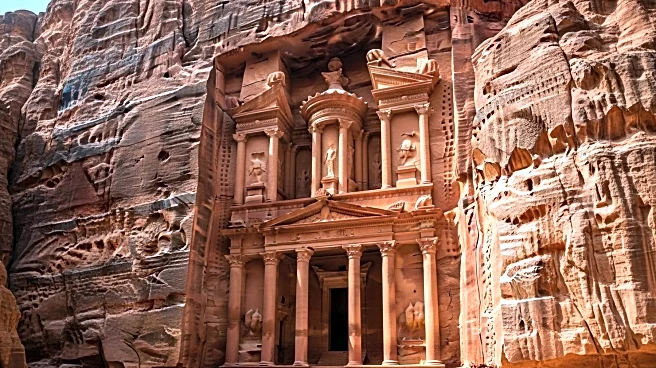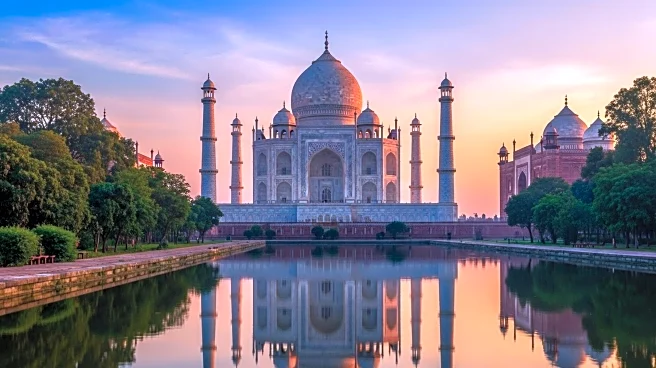What is the story about?
Borobudur, the world's largest Buddhist temple, is a marvel of ancient architecture and cultural significance. Located in Central Java, Indonesia, this 9th-century temple was constructed during the Sailendra Dynasty and features a unique design with nine platforms and a central dome. Its rediscovery by Thomas Stamford Raffles in 1814 marked the beginning of its preservation journey, leading to its designation as a UNESCO World Heritage Site.
Core Facts
Borobudur is made of gray andesite stone and has 2,672 relief panels and originally 504 Buddha statues. The central dome is surrounded by 72 Buddha statues within perforated stupas, showcasing the temple's intricate design.Notable Details
The temple's rediscovery in 1814 by Raffles was a pivotal moment in its history, leading to various restoration efforts. The major restoration project completed in 1983 stabilized its foundations and ensured its survival.Comparisons and Contrasts
Borobudur ranks alongside Bagan in Myanmar and Angkor Wat in Cambodia as one of Southeast Asia's great archaeological sites. Its unique design and cultural significance set it apart from other Buddhist temples.Key Data Points
Borobudur's designation as a UNESCO World Heritage Site in 1991 highlights its global recognition and importance. It remains one of Indonesia's most-visited tourist attractions, drawing visitors from around the world.AI Generated Content
Do you find this article useful?


